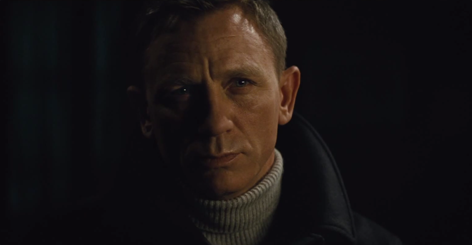This is an interesting analysis, hectorm. Parsing the semiotics of dress, and specific garments especially, seems to me to be an exercise that is precisely about the relationship of form and style
to values shared among larger and smaller groups at any one moment in time. Put another way, about what message a set of people agree is being sent, and their approval of and willingness to receive that message--or not. And of course these things change. As Sator used to point out here frequently, the lounge suit started out as casual wear suitable for the beach. Blue jeans originally clad California gold prospectors, then cowboys, then tradesmen. Now both are generally accepted for a much wider range of social situations. Shooting coats are now worn over city clothes in town by many, including Leonard Logsdail. If one disqualifies garments based solely on their rugged or
sportif functional origins, our wardrobes would be decimated. No
rus in urbe.
But Noble Savage associates the turtleneck/jacket combination specifically with the counterculture, and (if I understand him correctly) assumes that one who appears to be associated with said counterculture will stand out (presumably among those who do not approve of said association). This could be unpacked in several ways. Certainly in the very early '60s a bulky turtleneck with tweed jacket was a staple of "Ivy style" and practically
de rigeur among the New York literary and art set for downtown parties, especially if the turtleneck was black. So the mix of influences on the look (and messages that could be inferred) included New England traditionalism, intellectual and aesthetic pretensions (French existentialism, etc.), and a further retreat from business-associated formality. Two of these might indeed be construed by many to be "countercultural" influences, but the look was not outside establishment circles at that time. That was the era when Miles was still "warlord of the weejuns."
The fine-gauge turtleneck with jacket, blazer, or suit worked its way into mainstream pop culture as the decade progressed:



So some might associate the combination with an era that is remembered in shorthand as a countercultural moment (a reductive view, but common).
As I get older, I have less concern for what messages others choose to impute to my dressing choices (though of course I confess to having limits of my own). I particularly prefer not wearing my politics literally on my sleeve. Those who make assumptions based on seeing me in a bespoke suit may be just as wrong as those based on seeing me in my Coop tweed jacket with a black ribbed cashmere turtleneck and gray flannel trousers.
I do agree with the general sentiment expressed in this thread that a fine-guage turtleneck with a worsted suit (especially if a white turtleneck) is seldom a successful look, but I base that merely on my (formal and stylistic) sense that the combination needs more texture. Not on its political/countercultural associations, and only vestigially (if that) on the functional history of the garments.
As Michael has said, throw on things and look in the mirror until you find something that pleases you. That's what those who first moved the lounge suit off the beach and into the boardroom did.








